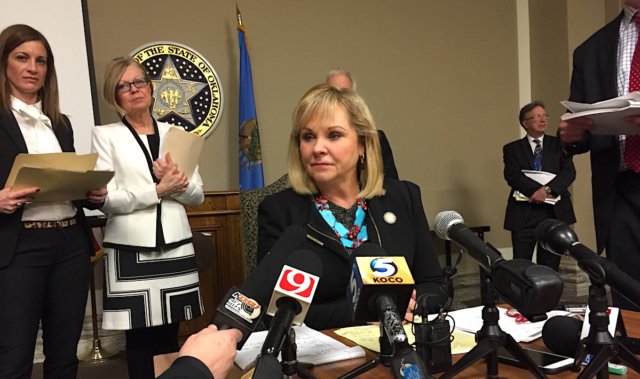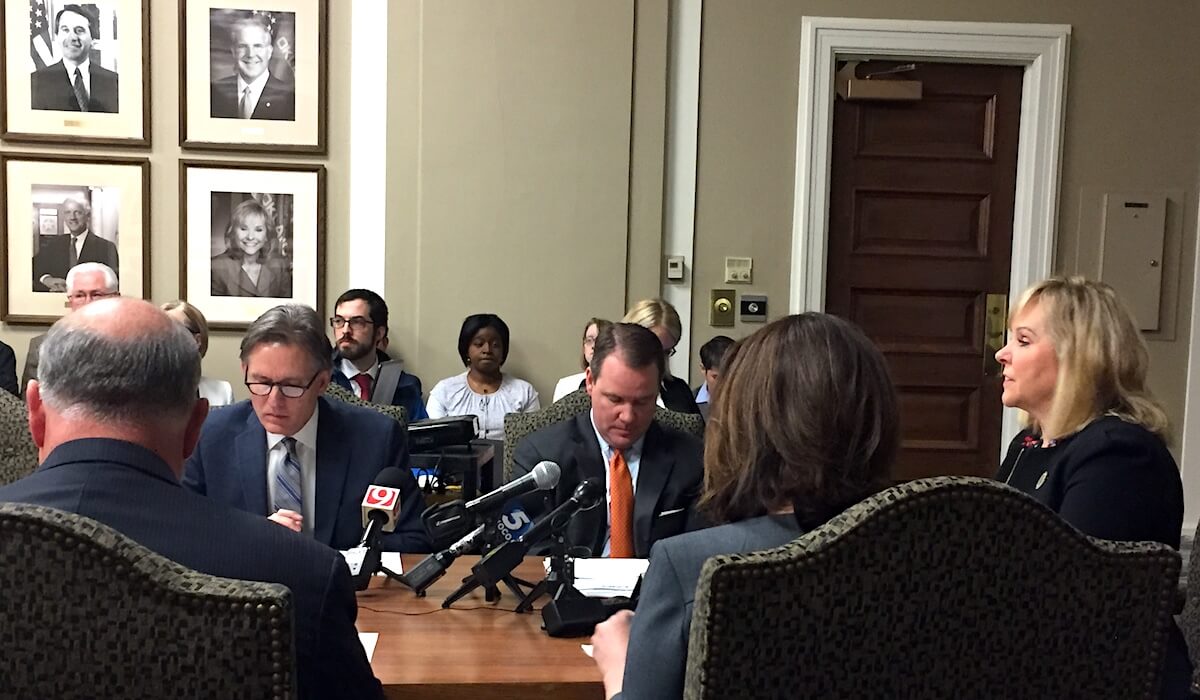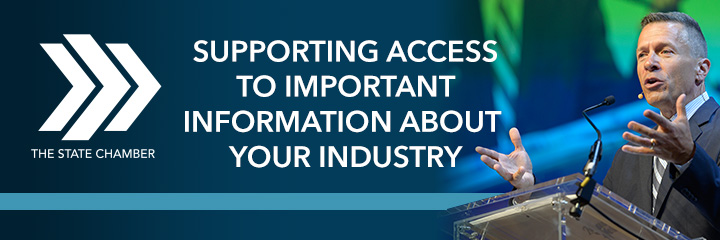

Gov. Mary Fallin expects to sign the Legislature’s bill cutting state agencies for the end of Fiscal Year 2018, and she and the Oklahoma Board of Equalization certified today that the state faces a $167.8 million revenue hole for the Fiscal Year 2019 budget.
“It’s not as big as what we anticipated, but we also have a large amount of obligations that are due now that are things we’ve already committed to pay for in previous legislation,” Fallin said to reporters after Tuesday’s meeting. “You’ll see that our growth is getting better as an economy, but it’s still slow.”
Fallin called it “positive news” that the Board of Equalization was not told of any potential revenue failures as in the two previous years, although only one of those came to fruition.
“We still have $270 million in obligations but yet $104 million in growth, so there’s still a big gap of (about) $167 million, and that’s not giving any agencies — such as (Department of) Corrections, the Department of Human Services and (the Oklahoma Department of) Mental Health — it’s not restoring any of their cuts,” Fallin said. “They’ll still keep the current cuts that they have had and probably have cuts next year, and it’s certainly not giving teacher pay raises. So we’re not to the point we need to be, but we’ve made progress with legislation we’ve passed on fees and new revenues.”
Fallin said the $167 million revenue hole would result in about 2.5 percent in cuts to all appropriated agencies if the Legislature cannot find another way to fill the hole.

‘The goal is to improve the health of Oklahomans’
The governor said the failure of the Step Up Oklahoma plan has left her skeptical that any 76-vote measures raising taxes can be passed this session.
“At this point in time, it doesn’t look hopeful,” Fallin said. “As far as the Democrats’ plan that they suggested, look, we’ve been dealing with them for 54 weeks. After over a year, you would think they could find something they would agree upon.”
But House Democrats did announce last week that they would support a revenue plan that includes a hike in the gross production tax incentive rate to 5 percent and a cigarette tax of $0.75.
“The health industry is not for the $0.75. They’d rather it be $1.50 because the goal is to improve the health of Oklahomans and reduce our insurance costs and Medicaid costs of the state,” Fallin said. “Statistics show and studies show that $1.50 is what really helps improve the health of citizens who smoke in that they choose to not smoke as much if the price is higher.
“The tobacco lobbyists have said, ‘We can live with $0.75’ because it doesn’t really lower the smoking rates of the population, thus it doesn’t improve the health status of our citizens.”
House Minority Caucus Chairwoman Emily Virgin (D-Norman) issued a press release Monday promoting their plan and criticizing House Republicans for allowing further cuts to the FY 2018 budget to go through.
“It is unconscionable that the Republican leadership in the House has led the state to the point where further cuts to the current-year budget are inevitable,” Virgin said Monday. “Today, the House sent $44 million worth of cuts to be approved by the Senate. We firmly believe there are still options on the table to bring in a small portion of revenue for this year and put the state on a better path forward beginning the next fiscal year.”
Also Tuesday, state budget leaders noted that Oklahoma’s new revenue stabilization fund did not receive any deposits because, despite meeting statutory requirements for gross production taxes on oil and gas revenues, the state’s actual tax collections were about $700 million short of the required $5.7 billion necessary to trigger the savings program.




















